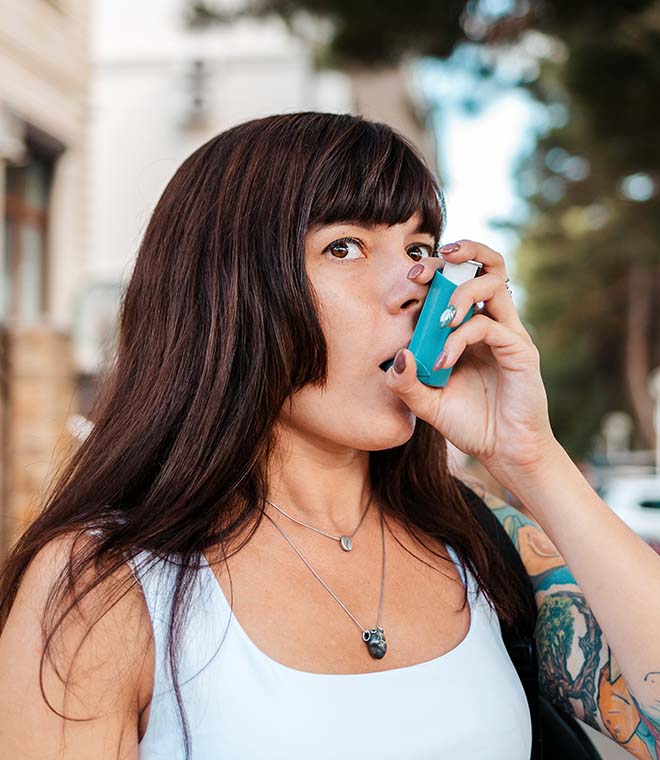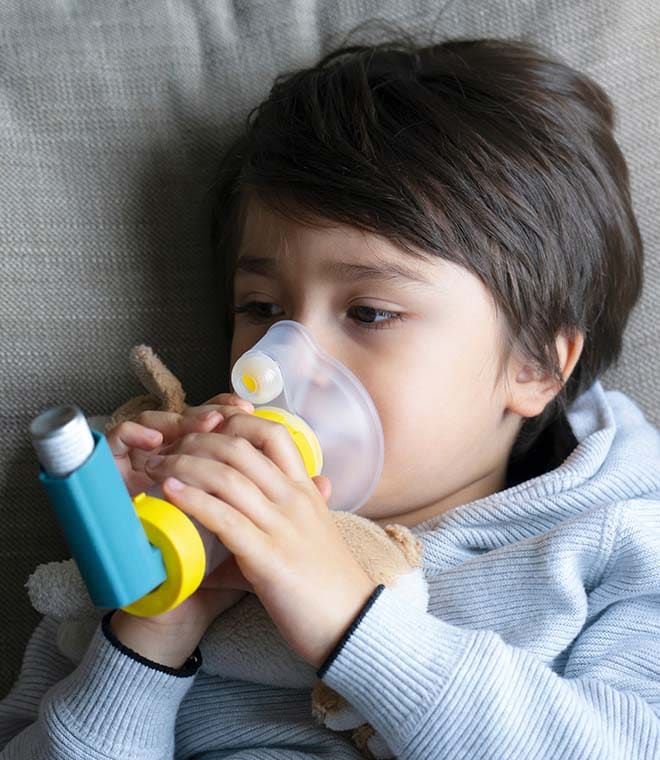Health
What are the different stages of COPD?
Nancy Kupka, PhD, RN Jul 18, 2023 • 4 min
Chronic obstructive pulmonary disease, or COPD, is a respiratory condition affecting over 16 million people in the U.S. and potentially many more that may not have been diagnosed.
COPD is not one disease but rather a group of small airway diseases that lead to breathing problems. COPD includes emphysema, chronic bronchitis and chronic obstructive asthma. There are multiple stages of severity that, when caught early, can be treated effectively, decreasing COPD symptoms, reducing the frequency and severity of exacerbations, and improving overall health status.
Categorization of stages
The Global Initiative for Obstructive Lung Disease (GOLD) guidelines have been widely adopted to identify the severity of an individual's COPD and categorize them into one of four stages: A, B, C or D, with D representing the most advanced stage of COPD. A healthcare provider will assess the individual and use this stratification to determine the best course of treatment, based on at least three primary factors:
- A measure of airflow limitation called the forced expiratory volume or FEV1, and FVC, which is the amount of air you completely exhale in one breath. FVC stands for forced vital capacity.
- Severity of shortness of breath
- Exacerbation history
Spirometry is used to measure airflow limitation, and lung function is often measured with the ratio of FEV1 to FVC. The FEV1 measures the amount of air an individual can forcibly blow out during the first second during this specific lung test, and FVC measures the amount of air you can completely exhale in one breath.
Shortness of breath is measured using one of two validated shortness of breath (dyspnea) assessment tools. Shortness of breath usually gets worse in later stages, but for many people this can be improved with regular activity or pulmonary rehabilitation, which is a structured program of education and exercise to help participants become more fit, allowing them to enjoy more activities and possibly decrease exacerbations.
A COPD exacerbation, or flare-up, may present differently for different individuals, but it is basically a worsening of symptoms that often requires antibiotics, corticosteroids like prednisone or even hospitalization. When a provider looks at an exacerbation history, they are determining how many times the individual was hospitalized or went to the emergency department, and how often specific types of prescriptions were used over the last 12 months.
These different stages are not as clear-cut as one might think. They are only a guide to help you and your provider consider the best type of therapy for you, based on your symptoms and how advanced your COPD is. People in earlier stages will have milder symptoms, while people in the final stages will be extremely ill. COPD is progressive and currently incurable, but it is also very treatable, and many people with COPD can live a long time enjoying life, even with advanced disease.
Clinically reviewed and updated July 2023.



